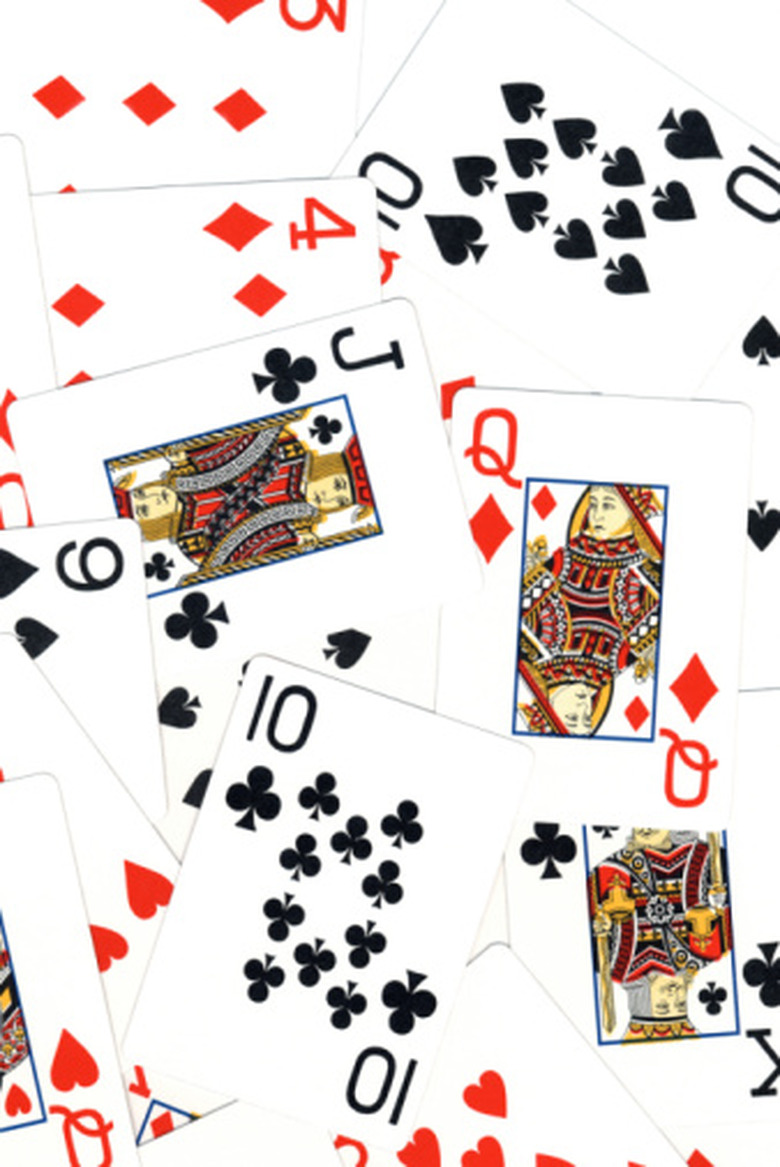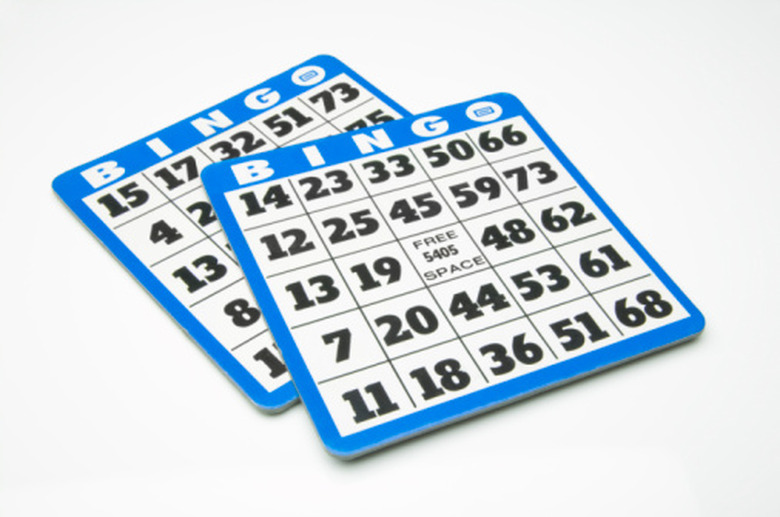Long Division Games For 5th Graders
Learning the long-hand division process takes patience and practice. Rather than using worksheets for all practice, allow students to play exciting games from time to time. When competing to win the game, students will be motivated to learn and carry out the division process correctly.
Card Game
Card Game
Motivate students to learn the long division process by teaching them to play a simple card game. Help children find partners, and give each set of partners a deck of playing cards with face cards removed. Each player draws four cards. The first three numbers are the dividend and the last card is the divisor. Both players must work through their division problem. Each player will use a calculator to check the partner's answer. The player with the larger quotient keeps all the cards. Play continues until one player holds all the cards.
Division Darts
Division Darts
Many children love to play the game of darts. Apply this game to long division to motivate students to master the division process. Draw three concentric circles on a paper for each pair of students. Write out 16 division problems on a separate paper without providing the answers. Work the problems on another paper, and write the quotients on the dartboard in various spots, including one in the center ring. To play, students must cut apart the cards with division problems. As they turn over a card and solve the division problem, they must find the quotient on the dartboard and cross off the answer. The center circle is worth 15 points, the next ring out is worth 10 points and the outer circle is worth 5 points. The player with the most points after all the cards have been drawn is the winner,
Spill the Beans
Spill the Beans
Leave it to chance and some beans to see who will win the division game called Spill the Beans. Help children find partners. Each team will need two sheets of grid paper. One grid paper must be filled with single digits. The other grid paper must be filled with double or triple digit numbers. On the turn, a player will throw one bean onto each paper. The smaller number must be divided into the bigger number. The quotient must be written down on a score card. Each player gets 10 chances to throw the beans. After the last turn, both players add up all 10 quotients. The player with the largest sum wins the game.
Division Bingo
Division Bingo
Students can test their luck in an exciting game of Division Bingo. Each student will need a 5x5-grid square. Help students fill in their cards correctly with the first column using numbers between 1 and 200, the second column with numbers between 201 and 400, the third column with numbers between 401 and 600, the fourth column with numbers between 601 and 800 and the last column with numbers between 801 and 1,000. Call out a divisor and a dividend. Each student must work out the problem on scrap paper. If students can find a number on their paper that is within 20 of the quotient, they can place an "X" over that number. The first player to get five Xs in a row is the winner.
References
- "Instant Math Games that Teach", Adela Garcia, 1995
- Home School Math: Division and Long Division Games and Tutorials Online
Cite This Article
MLA
Rynsburger, Miska. "Long Division Games For 5th Graders" sciencing.com, https://www.sciencing.com/long-division-games-for-5th-graders-12749903/. 7 June 2011.
APA
Rynsburger, Miska. (2011, June 7). Long Division Games For 5th Graders. sciencing.com. Retrieved from https://www.sciencing.com/long-division-games-for-5th-graders-12749903/
Chicago
Rynsburger, Miska. Long Division Games For 5th Graders last modified March 24, 2022. https://www.sciencing.com/long-division-games-for-5th-graders-12749903/




